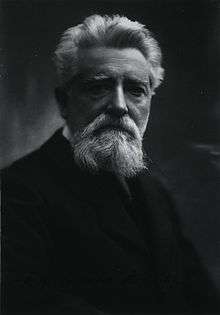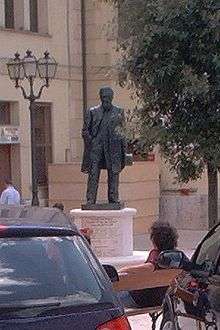Leonardo Bianchi

Leonardo Bianchi (5 April 1848 – 14 February 1927) was an Italian neuropathologist from San Bartolomeo in Galdo in the Province of Benevento, who later in his career became involved in politics.
He was a professor of psychiatry and neuropathology at the Universities of Palermo and Naples, and in 1882 founded the Psychiatric Institute of Naples. In 1905 he was the Minister of Public Education, and in 1919 became a member of the Italian Senate. His best known written work is Meccanica del cervello (The Mechanism of the Brain).

Bianchi is remembered for his studies and experiments of the frontal lobe. Most of his research was derived from experiments with monkeys and dogs after he had surgically removed (ablation) the animals' frontal lobe. He concluded from his experiments that the frontal lobe had more functionality than previously believed. He described the lobe as the center of coordination and fusion of the incoming and outgoing products of the sensory and motor areas of the cortex. From his experiments he listed five areas of deficit due to frontal lobe ablation.
- Loss of perceptive qualities, leading to defective attention and object recognition.
- Reduced memory
- Reduction in associative skills, inability to formulate the steps needed to reach a goal, along with the inability to perform complex tasks.
- Altered emotional attachments, drastic changes in social skills.
- Disruption of focal consciousness, leading to apathy and distractibility.
References
- Smith, Derek J. "Course Handout - From Frontal Lobe Syndrome to Dysexecutive Syndrome". Archived from the original on 7 August 2012.